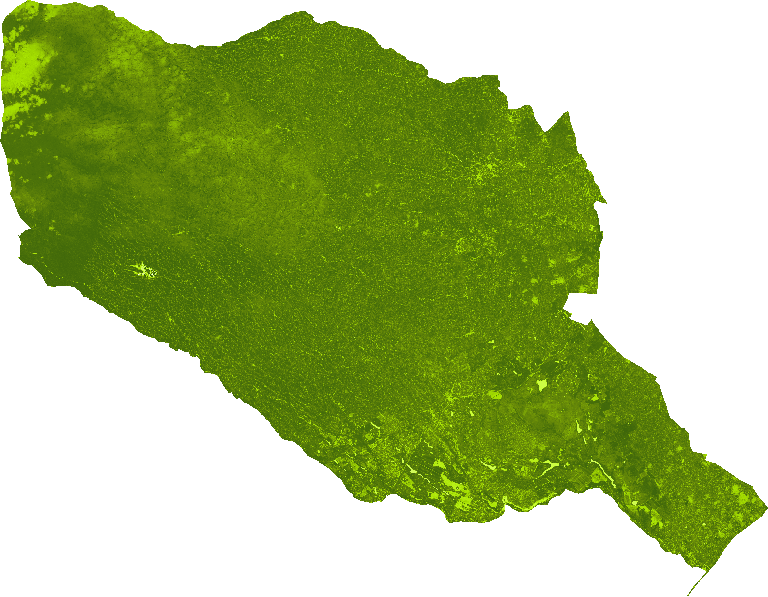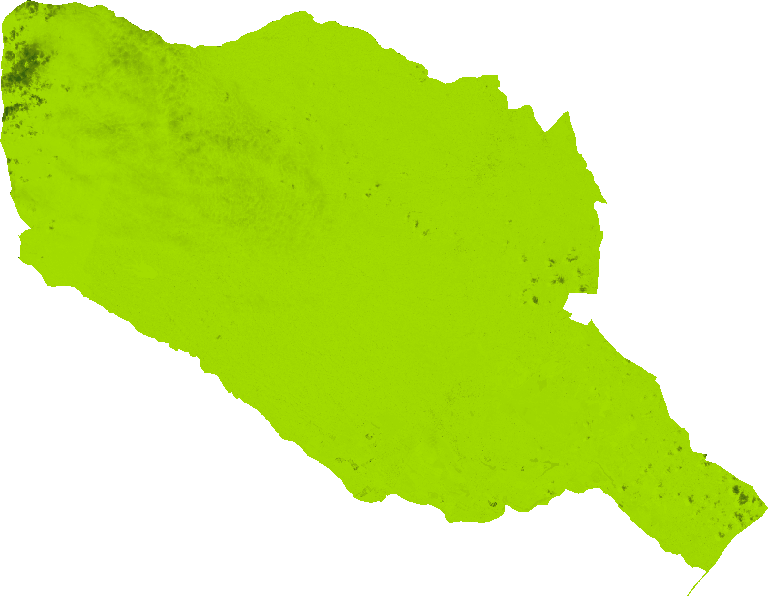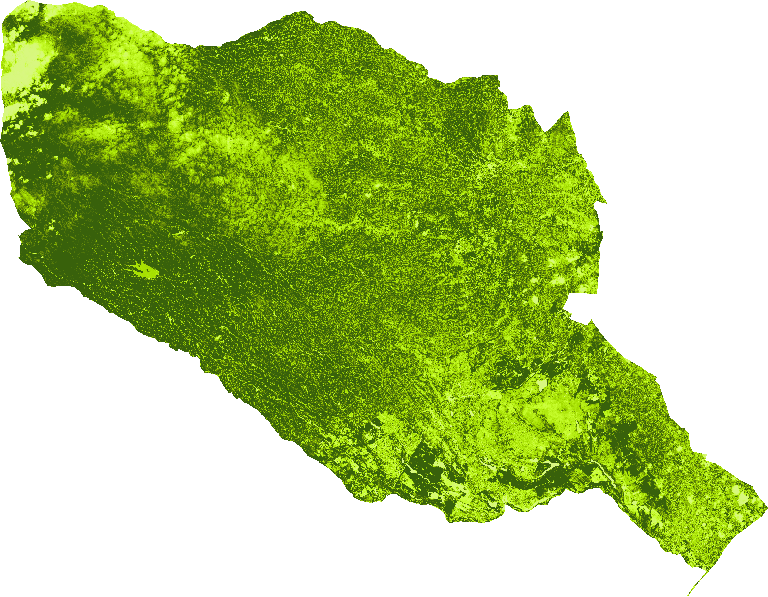Keyword
Muranga
3 record(s)
Type of resources
Available actions
Topics
Keywords
Contact for the resource
Provided by
Years
Formats
Representation types
Update frequencies
Status
Scale
-

Arvi: Atmospherically Resistant Vegetation Index: This index takes advantage of the different scattering responses from the blue and red band to retrieve information regarding the atmosphere opacity. The Atmospherically Resistant Vegetation Index algorithm was introduced by Kaufman and Tanre (1992). The resistance of the ARVI to atmospheric effects (in comparison to the NDVI) is accomplished by a self-correction process for the atmospheric effect on the red channel. This is done using the difference in the radiance between the blue and the red channels to correct the radiance in the red channel. Compared to the red band, the blue band is much more easily scattered by the atmosphere particles. This explains why the sky is usually perceived as being blue. Thus, the ARVI index takes advantage of the different scattering responses from the blue and red band to retrieve information regarding the atmosphere opacity. Simulations using radiative transfer computations on arithmetic and natural surface spectra, for various atmospheric conditions, show that ARVI has a similar dynamic range to the NDVI, but is, on average, four times less sensitive to atmospheric effects than the NDVI. The ARVI results from the following equation:ARVI = (IR_factor * near_IR - rb) / (IR_factor * near_IR + rb), where: rb = (red_factor * red) - gamma * (blue_factor * blue - red_factor * red), with gamma = 1 The main reason why the blue band is more susceptible to atmospheric scattering than the red band is because its wavelength is shorter. Generally, the shorter wavelength has stronger scattering. It's very similar to the way sea waves behave over oceans. When a large wave strikes an object, such as a ferryboat, it is more capable of continuing on its path by going around the object. On the other hand, it is dispersed more easily when the waves are smaller in size. Consequently, by obtaining the difference between the reflectance of the highly sensitive blue band and the less sensitive red band (blue - red), it serves like an indicator of what the atmospheric conditions were like. Here gamma serves as a weighting function for the difference reflectance of the two bands. Various values can be chosen for it, which mainly depends on the type of aerosol size. According to Kaufaman and Tanre's statement in 1992, it is best to select a gamma value of 1 when information on the aerosol type is not available. Consequently, the main purpose of the above rb equation is to decrease the influence brought forth from the atmosphere, where a more accurate assessment of the value of the red reflectance can be obtained.
-

Bi: Brightness Index: This index is representing the average of the brightness of a satellite image. The Brightness Index algorithm is representing the average of the brightness of a satellite image. The result looks like a panchromatic image with the same resolution of the original image.This index is therefore sensitive to the brightness of soils which is highly correlated with the humidity and the presence of salts in surface (Escadafal, 1989). The BI results from the following equation: BI = sqrt( ( (red_factor * red * red_factor * red) + (green_factor * green * green_factor * green) ) / 2 )
-

Cab: Chlorophyll content in the leaf: corresponds to the content of chlorophyll a, chlorophyll b and carotenoids per unit of leaf area.
